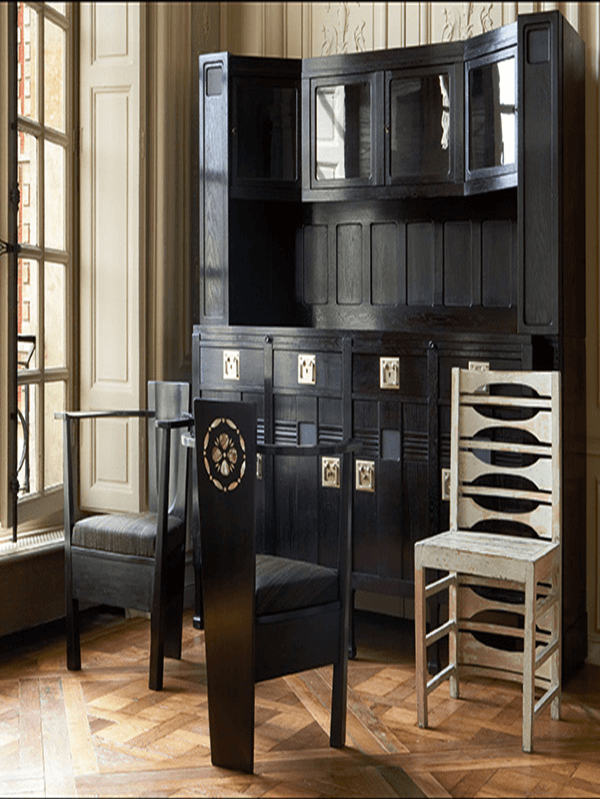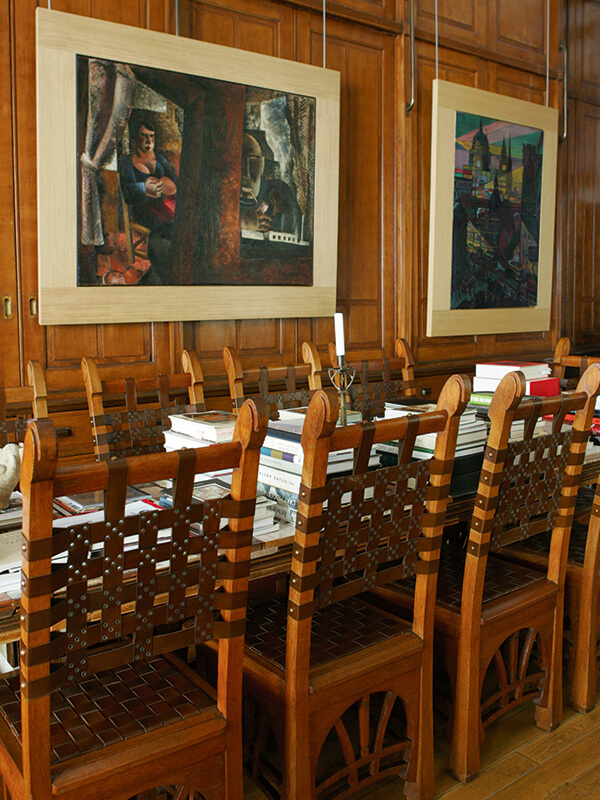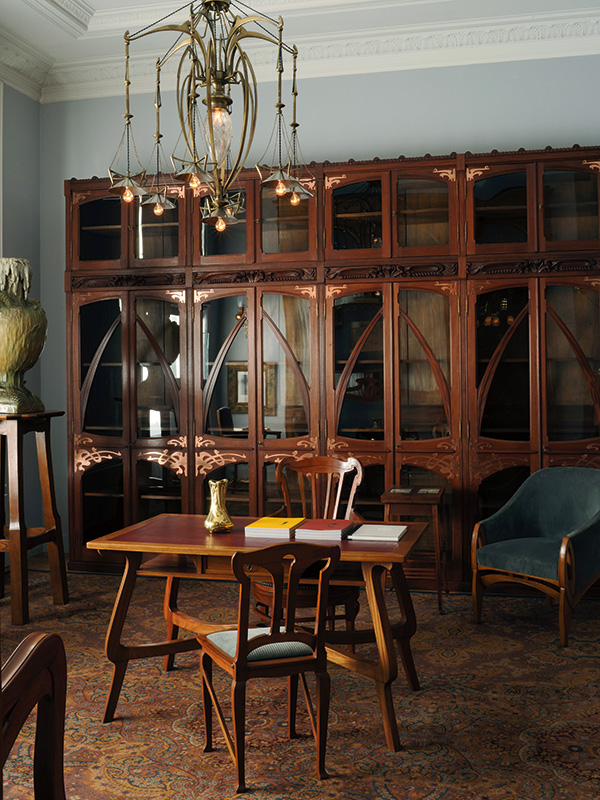Roberto Polo is the quintessential tastemaker. The Cuban-born financier, legendary connoisseur, art dealer, philanthropist, and citizen of the world, has promoted his taste through a deep understanding and knowledge of design history. He has always collected undiscovered areas and has never followed the rend. A part of his magnificent and ambitious collection will be offered in London by Sotheby’s next month, containing museum-quality design masterpieces of the type you rarely come across today. Entitled ‘Design Masterpieces from the Polo Collection, 1850-1950,’ it encompassing 100 years of design history, offering a rare glimpse into Polo’s refined eye for a century of innovation and creation, objects curated and grouped together in a fresh, unexpected way.
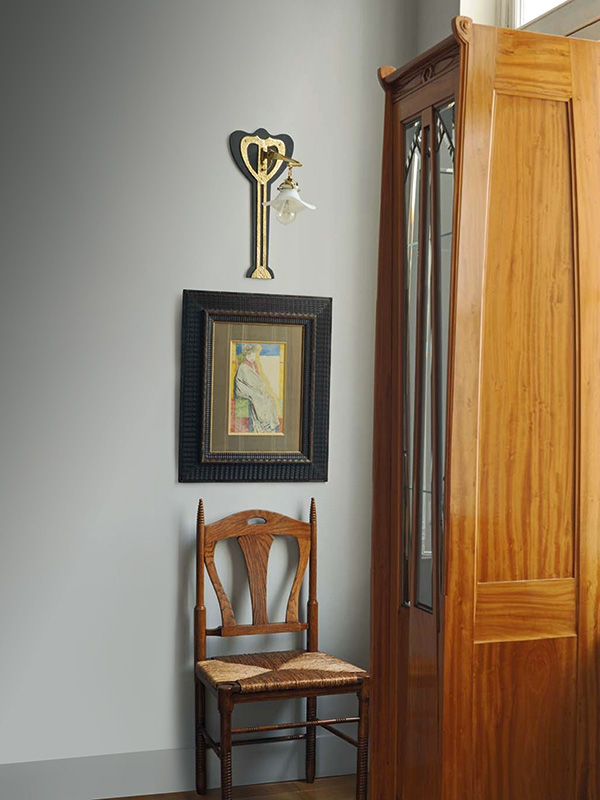
ne of a pair of Richard Riemerschmid’s appliques included in this sale dates from circa 1900, with one of two lemonwood cabinets by Patriz and Anton Huber, executed by Richard Kümmel, Berlin from circa 1902. As far as can be ascertained, at the time of writing no other pair is known to have been produced.
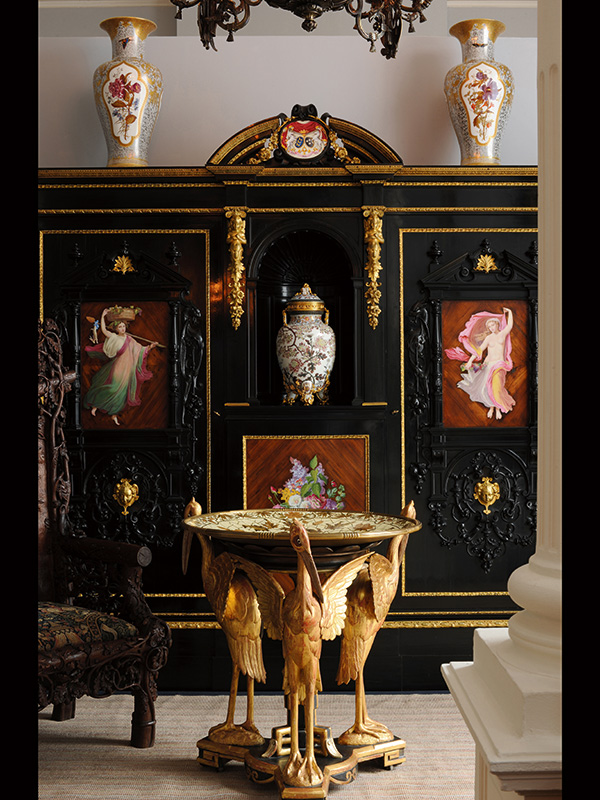
Julien-Nicolas Rivart’s grand cabinet was exhibited at the Great Exhibition in London in 1851 and the Paris Exposition Universelle of the same year. At the later it was purchased by the duc Edmond de Caumont La Force, to celebrate the occasion of his marriage to Charlotte Georgina Henriette Smythe. It is the finest known example by Rivart to incorporate the ingenious and innovative porcelain marquetry technique patented by him in 1849.

